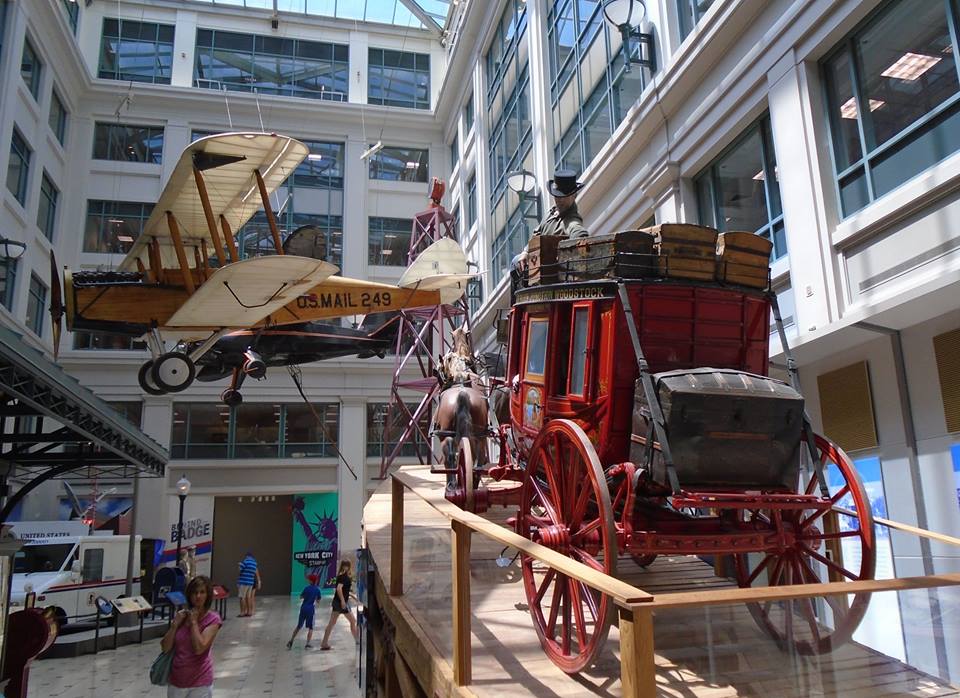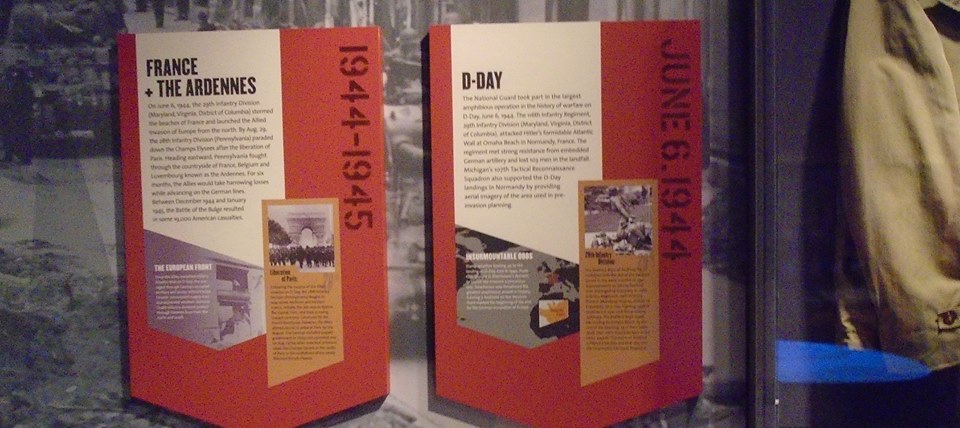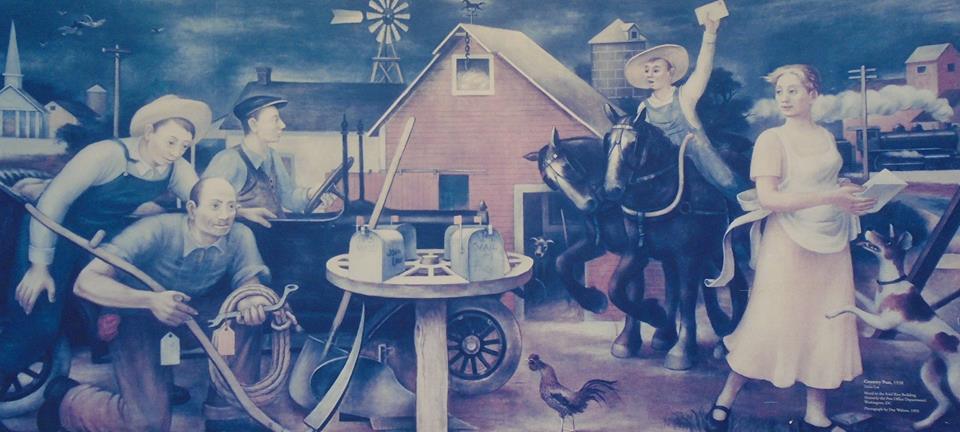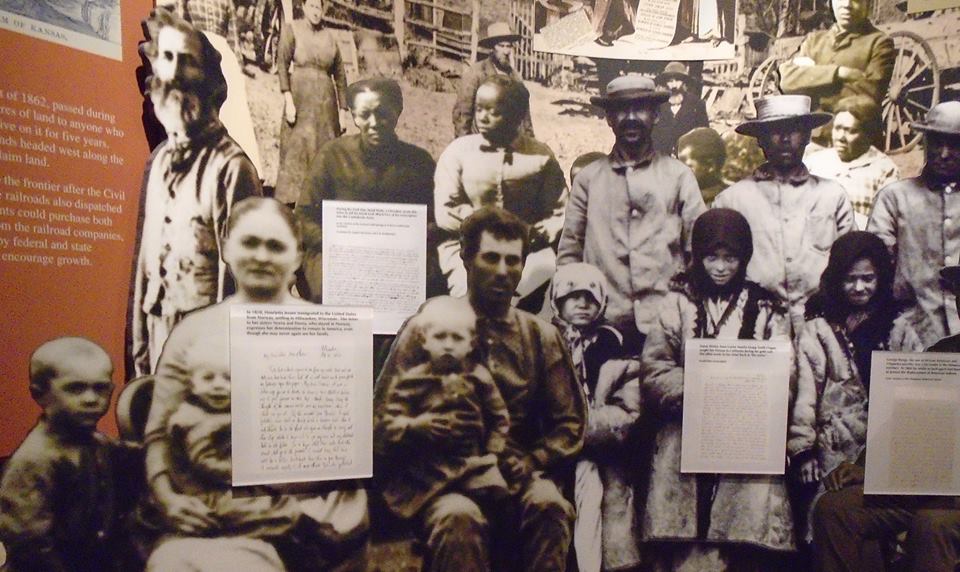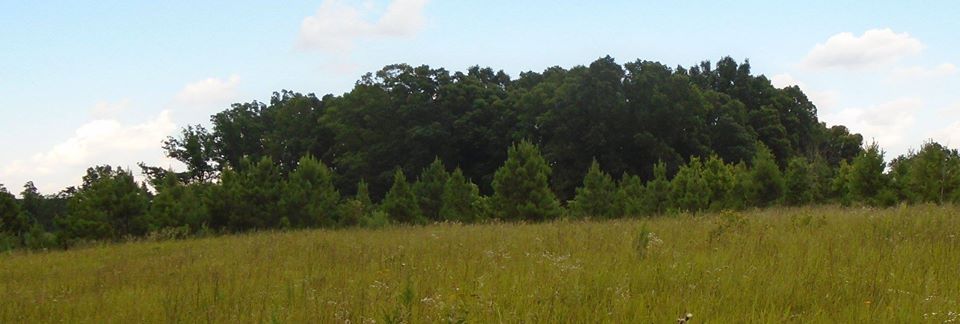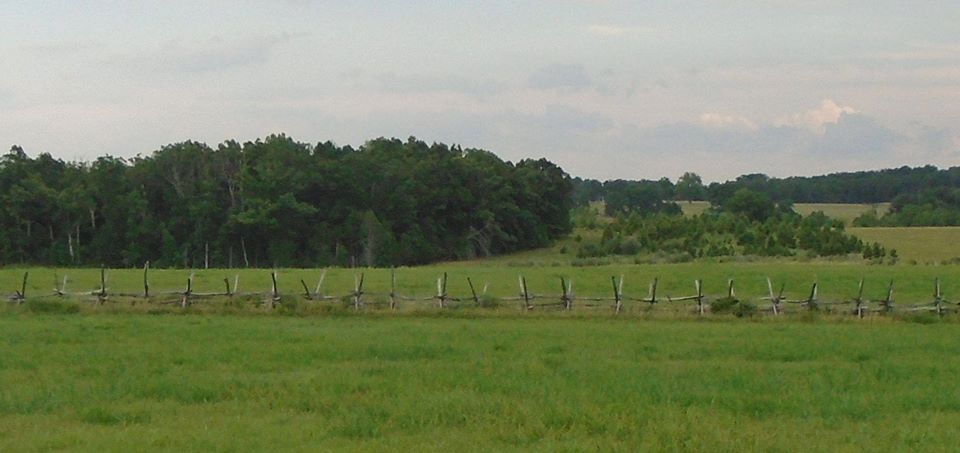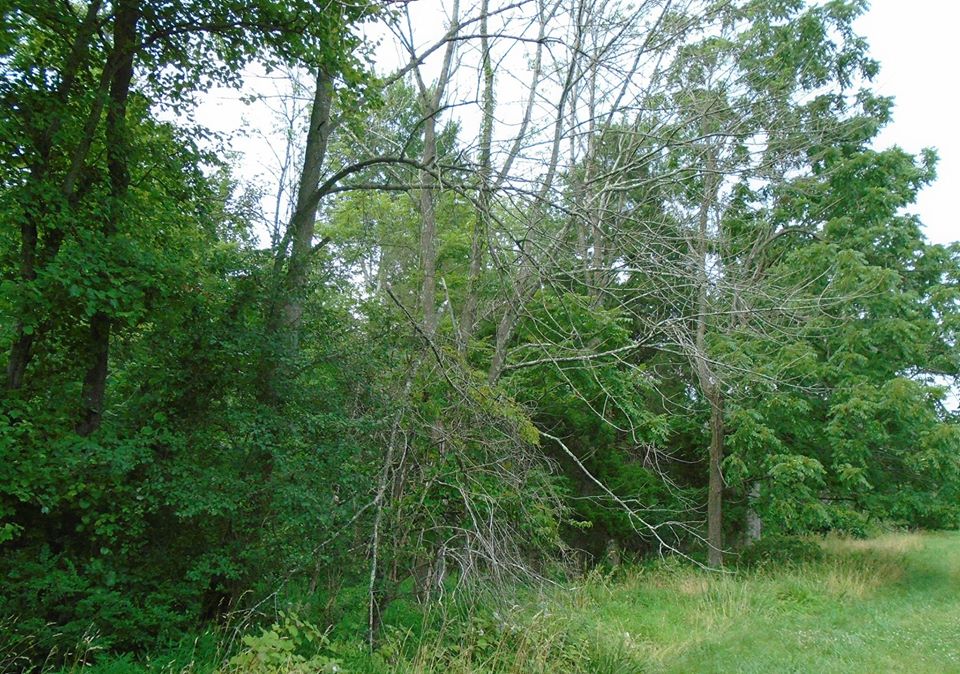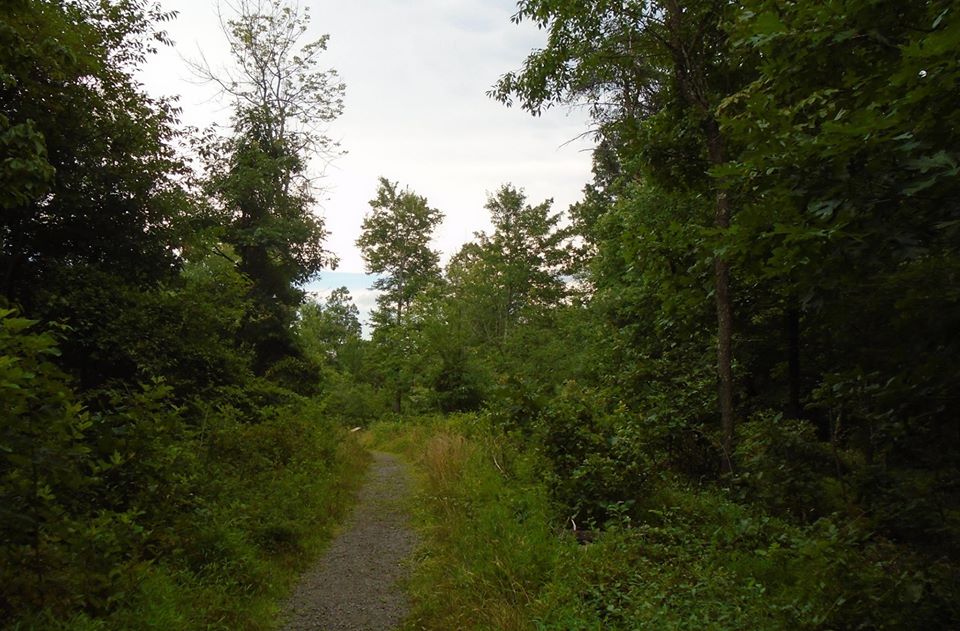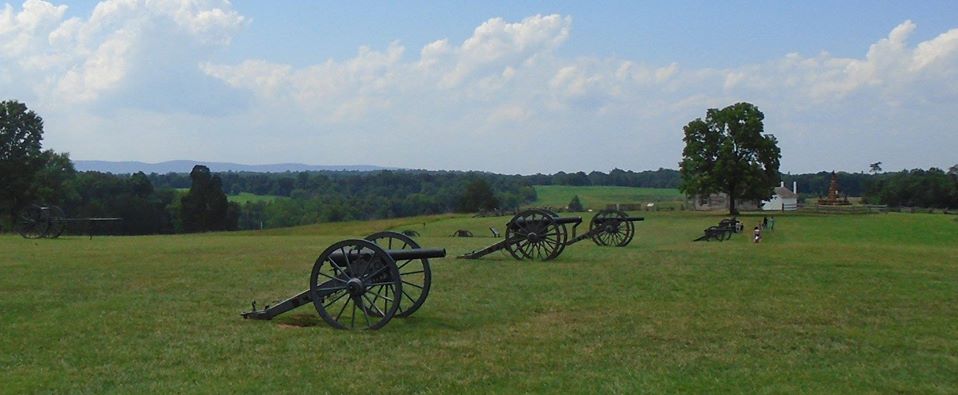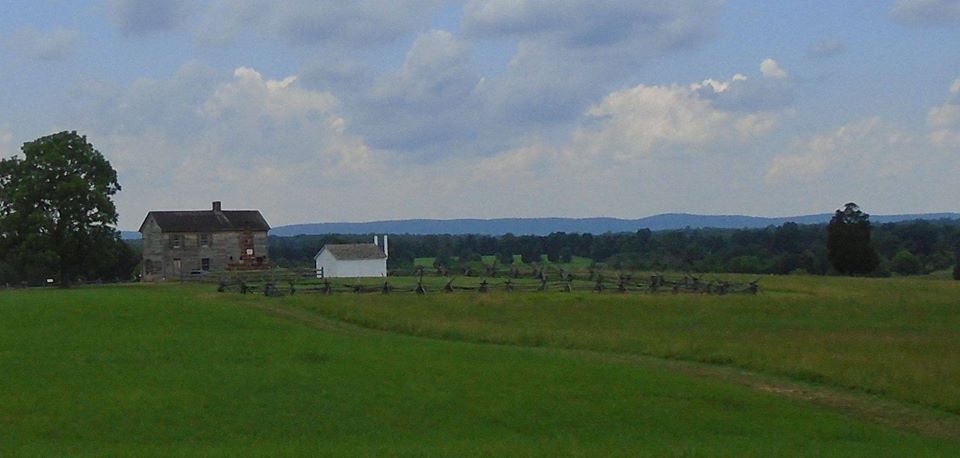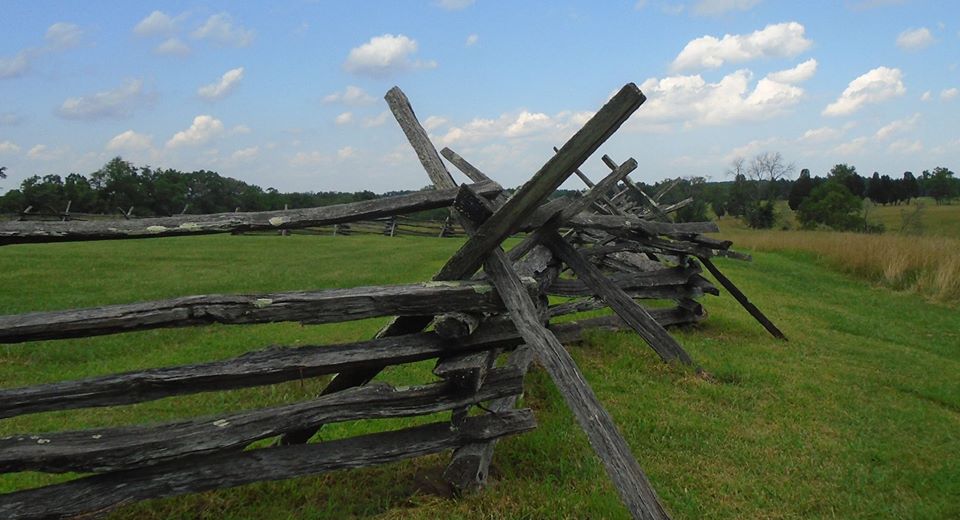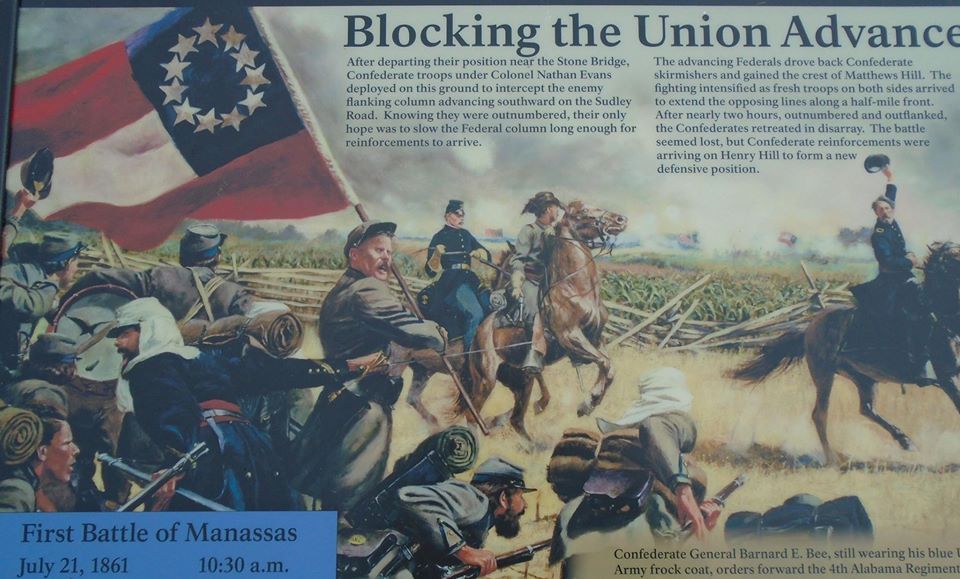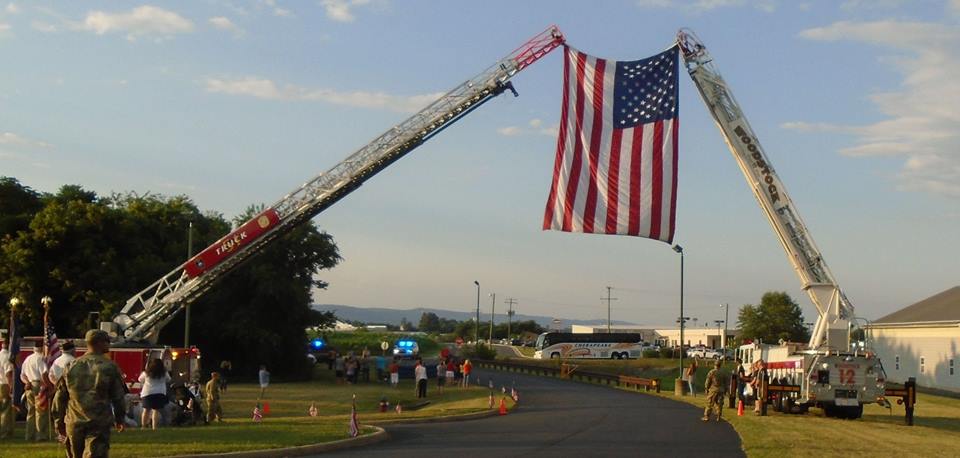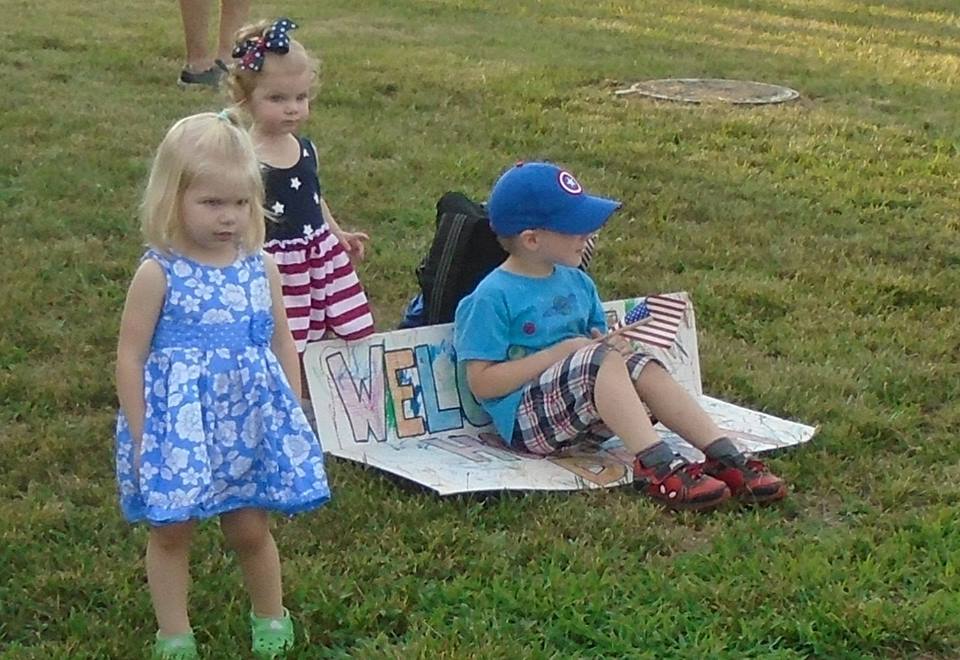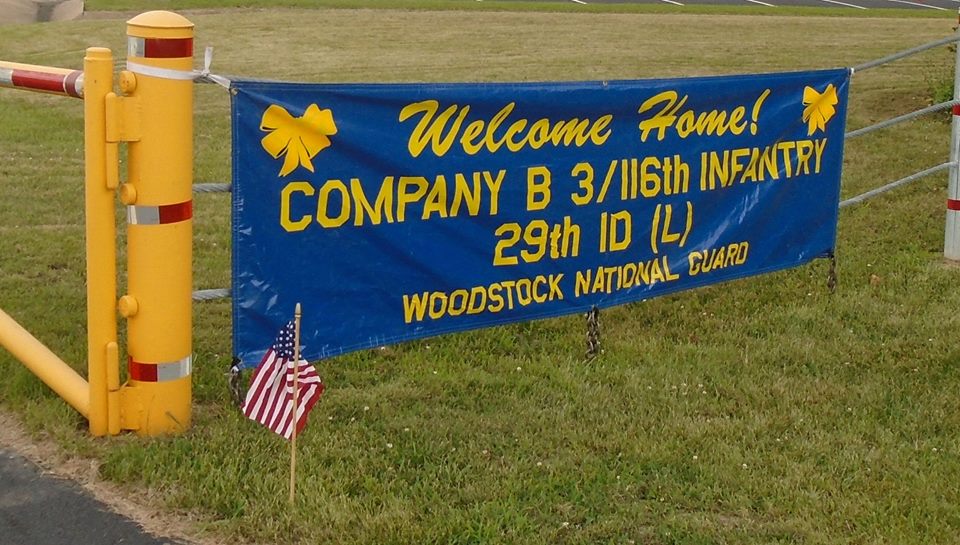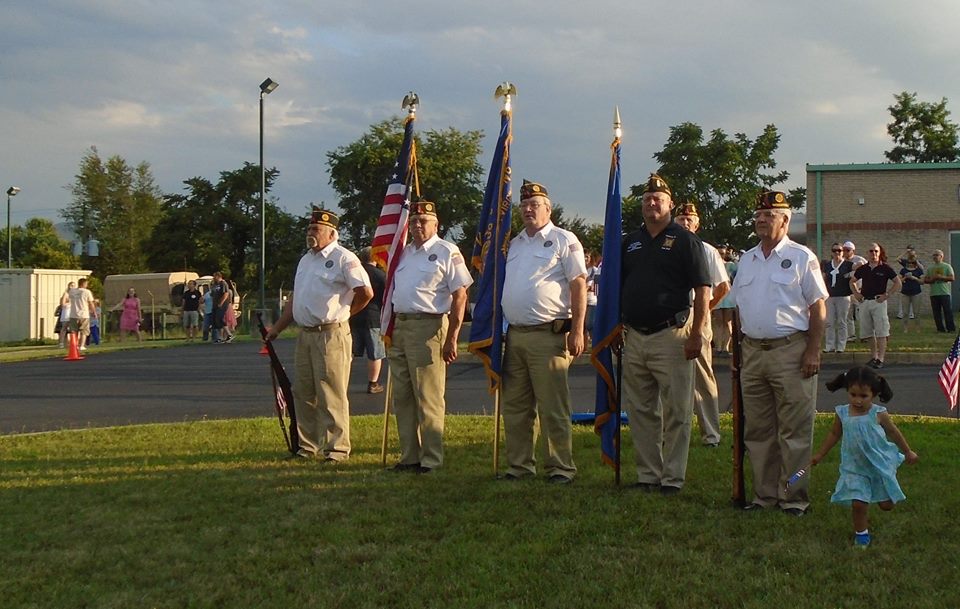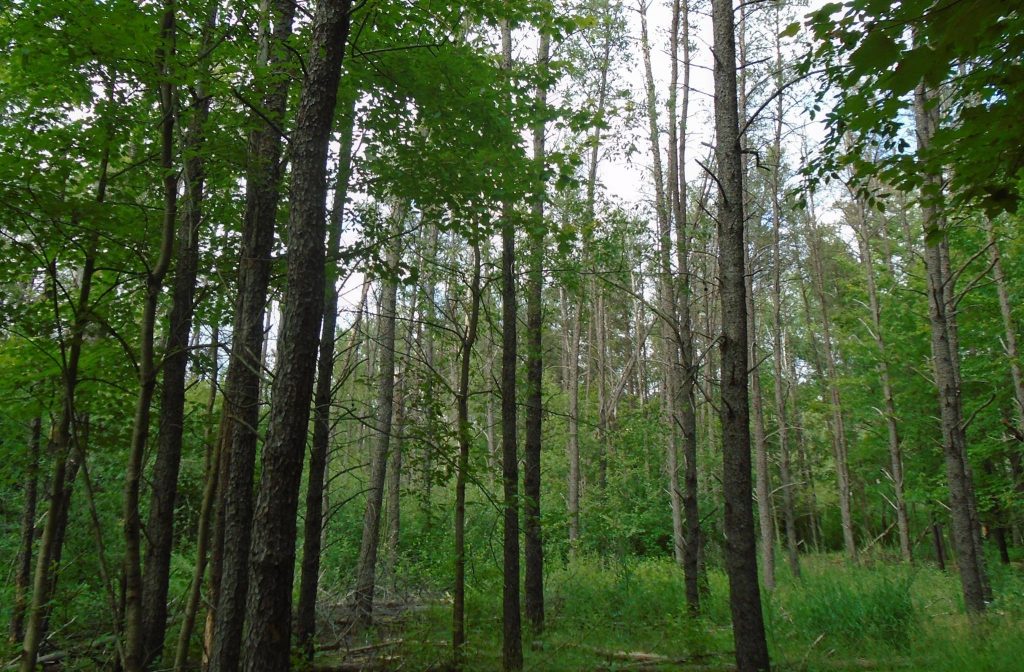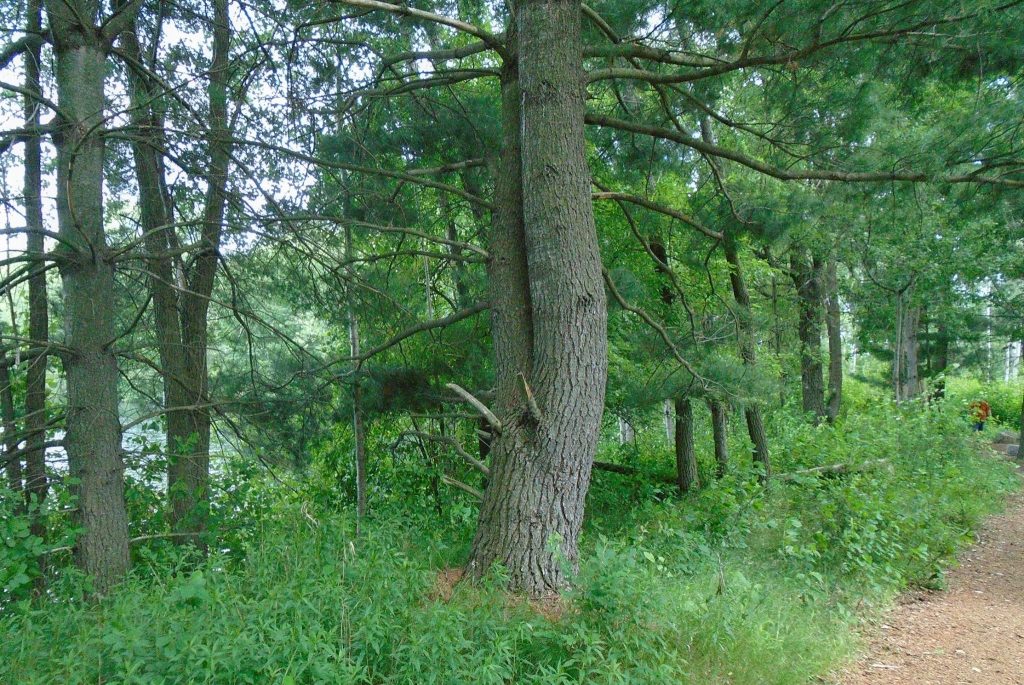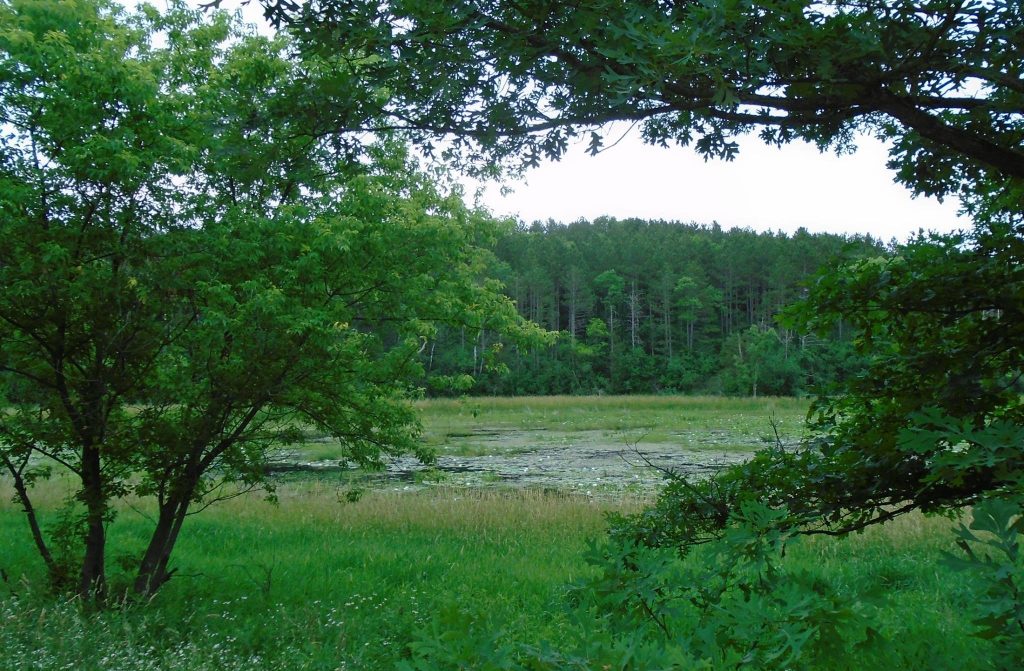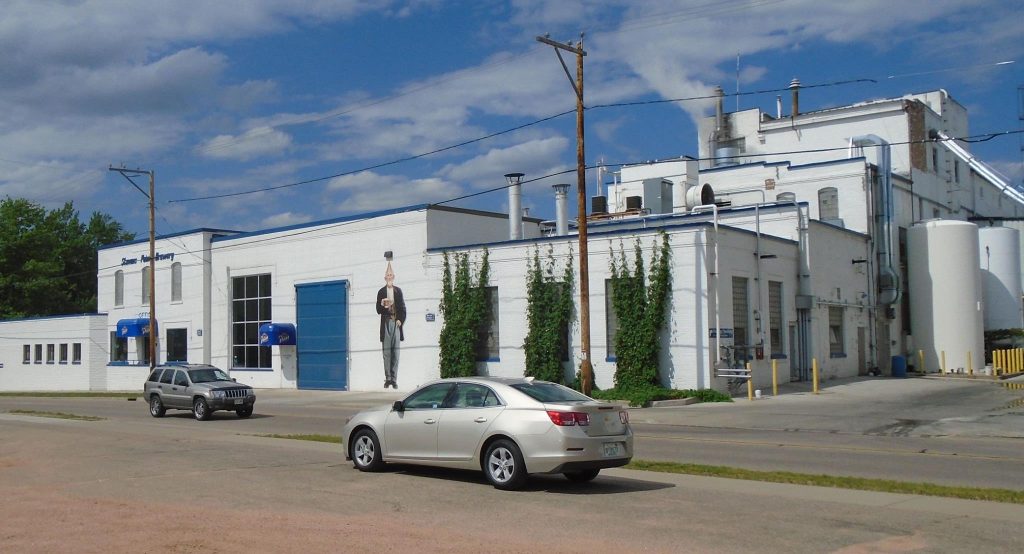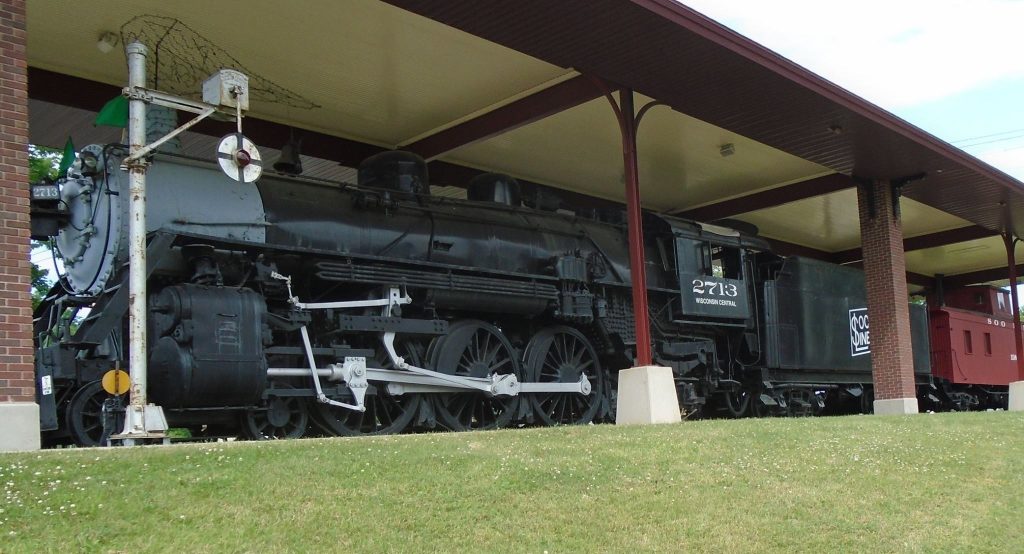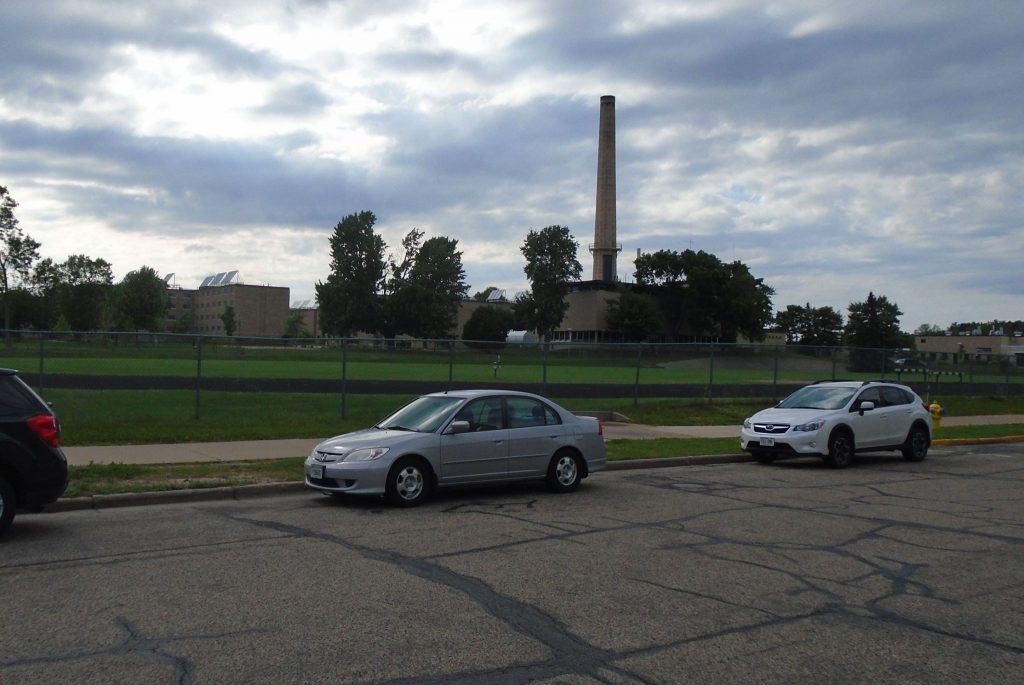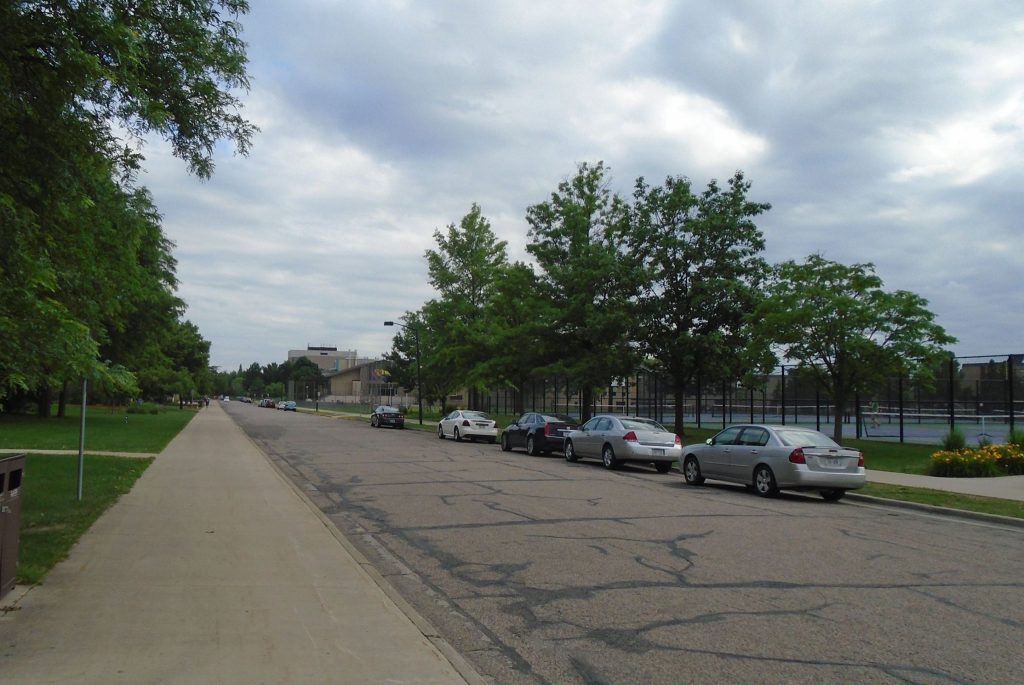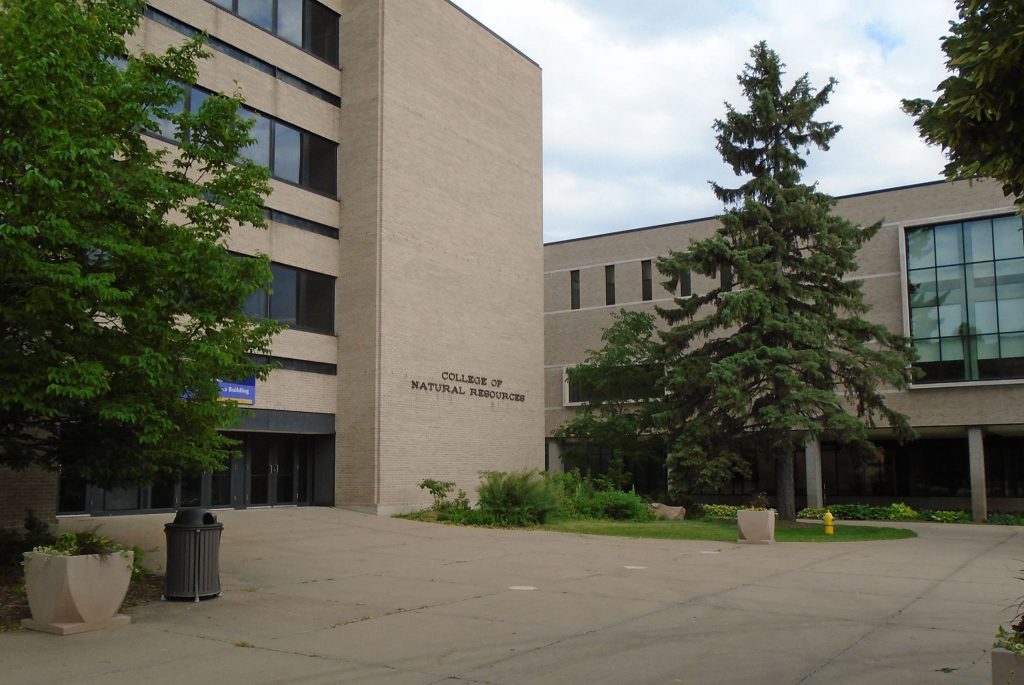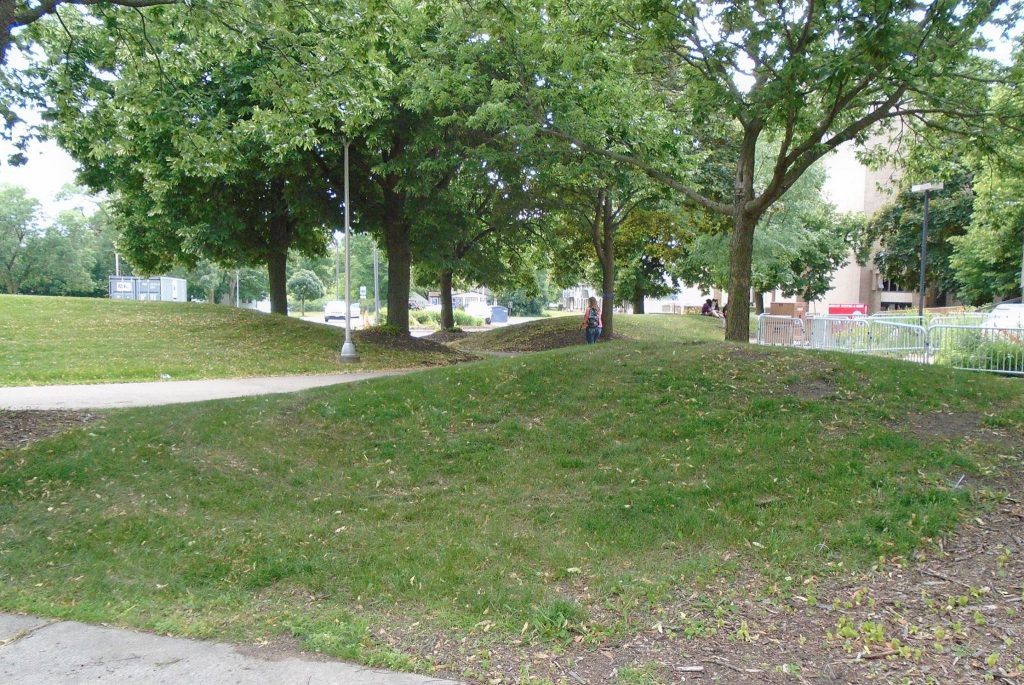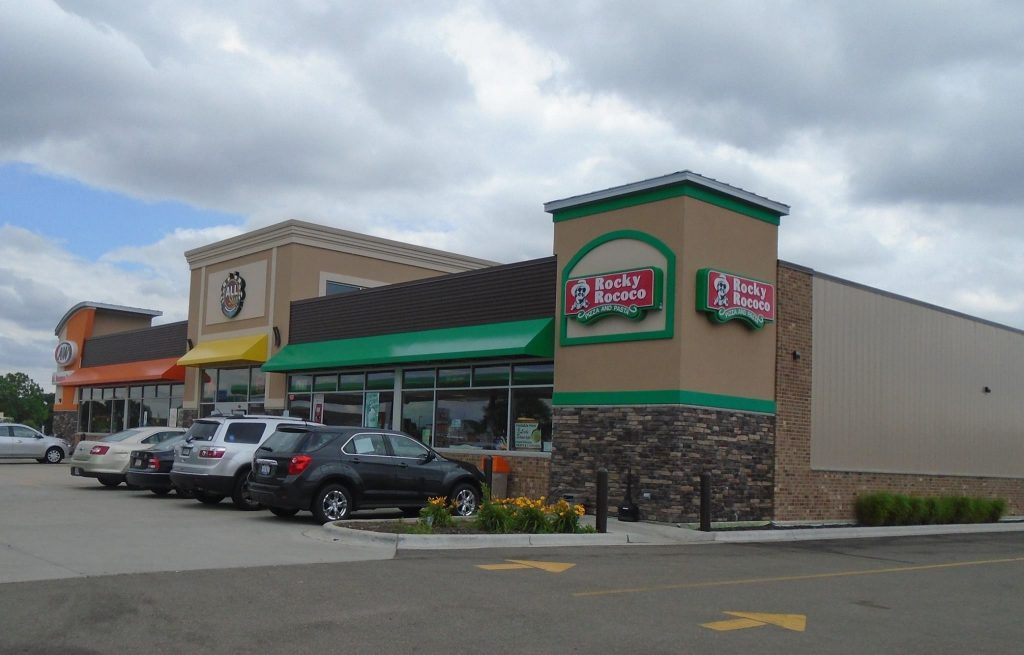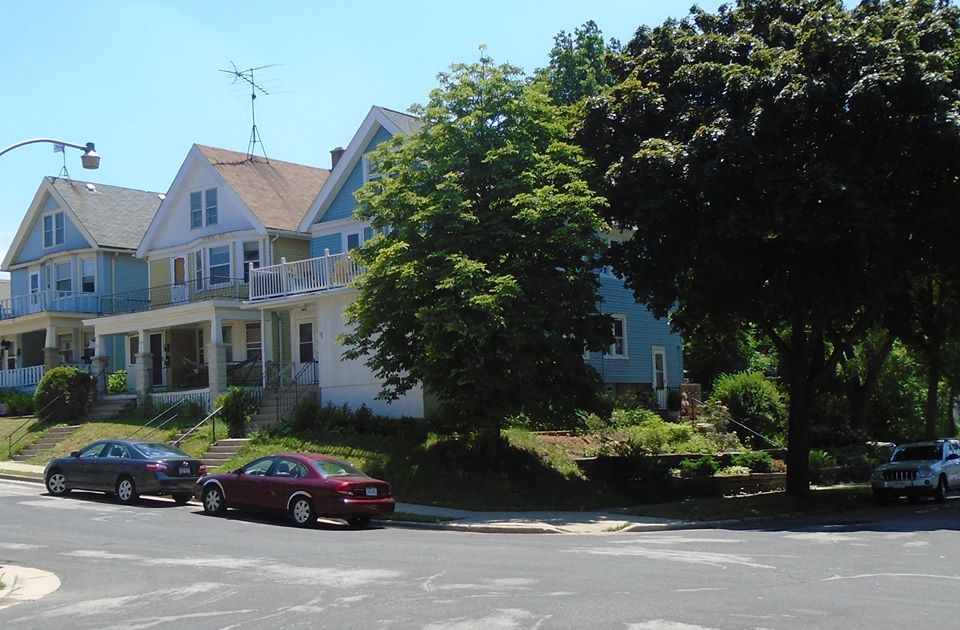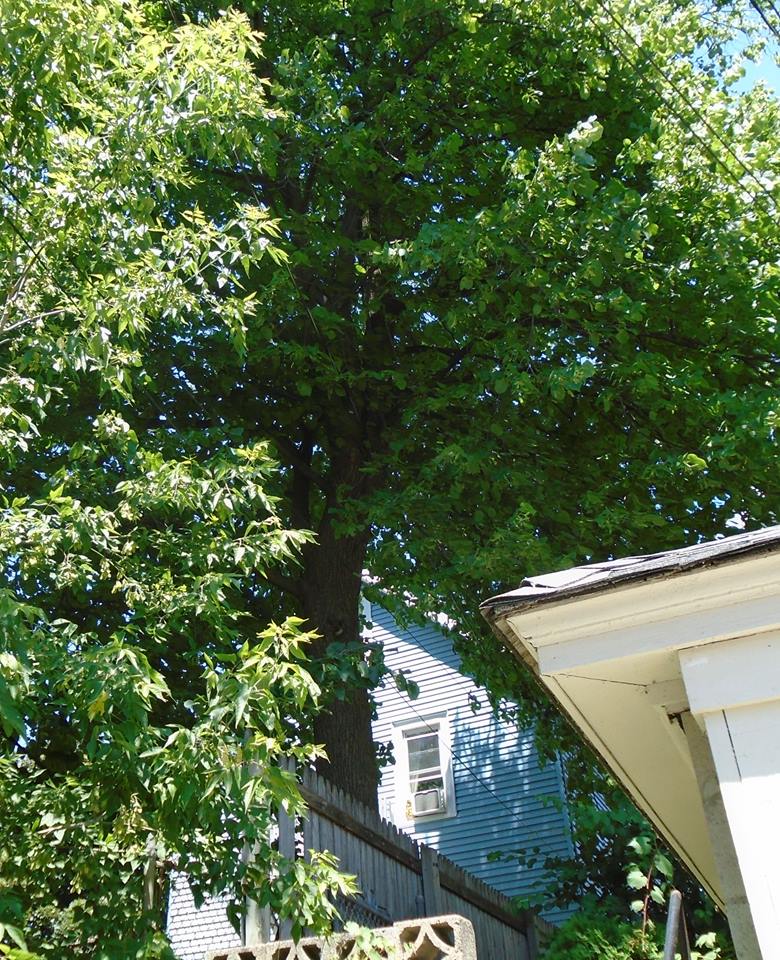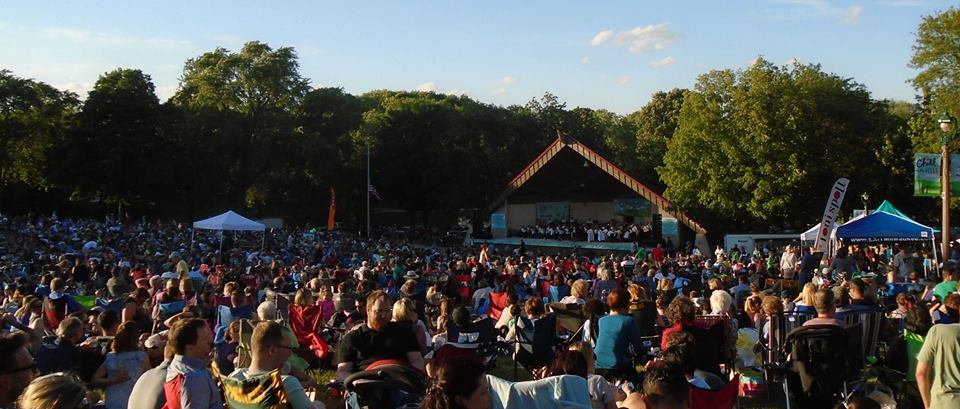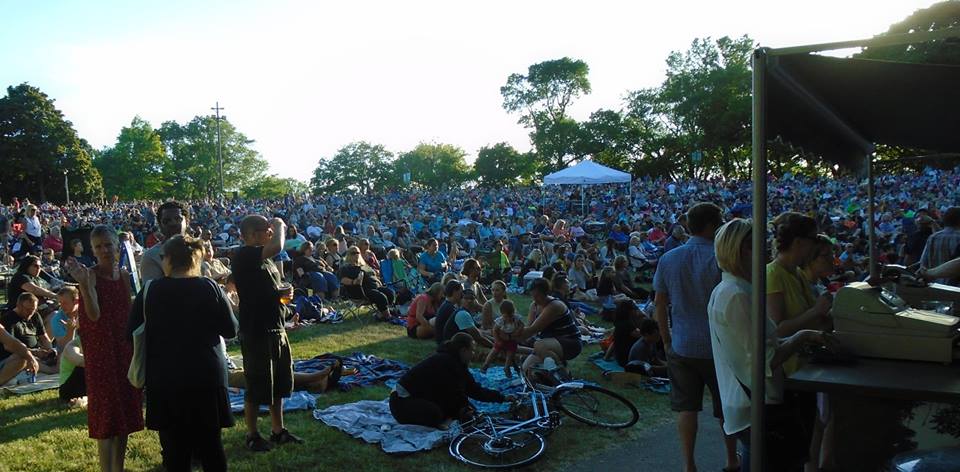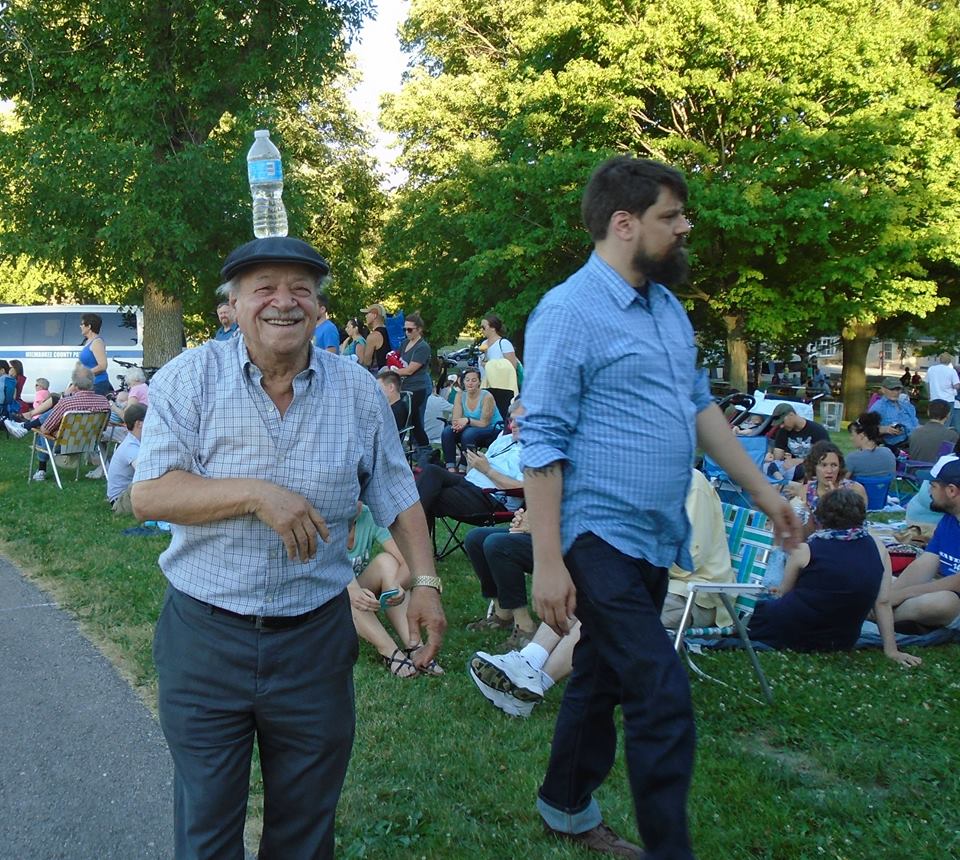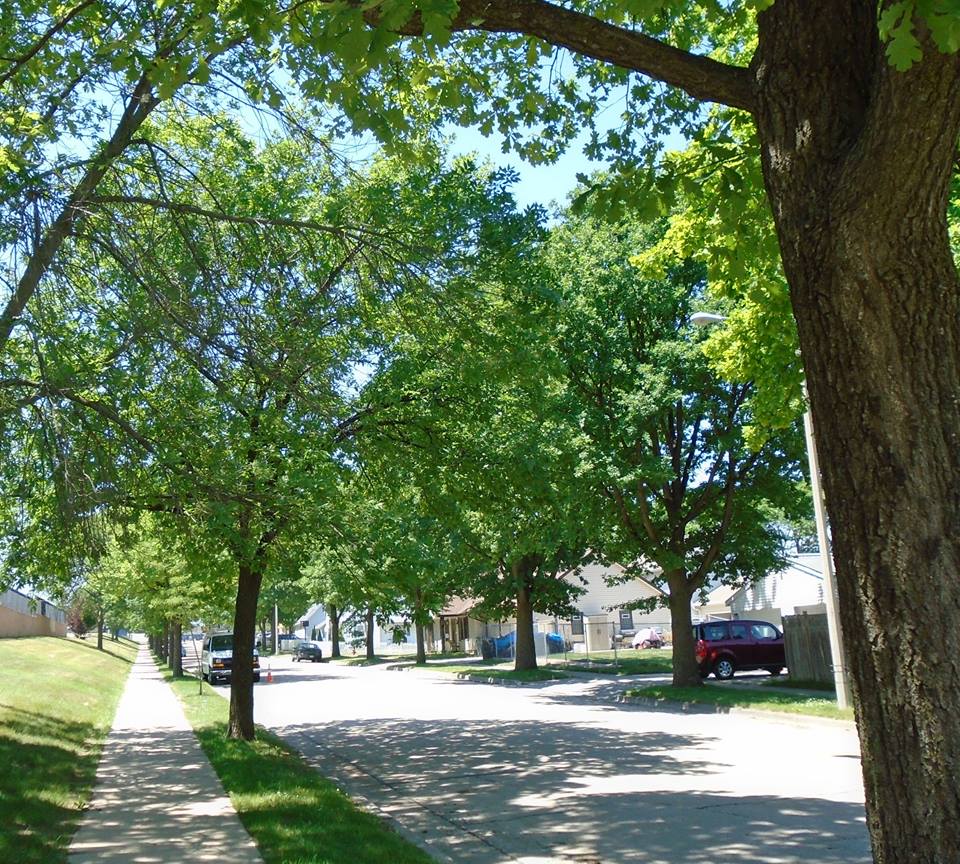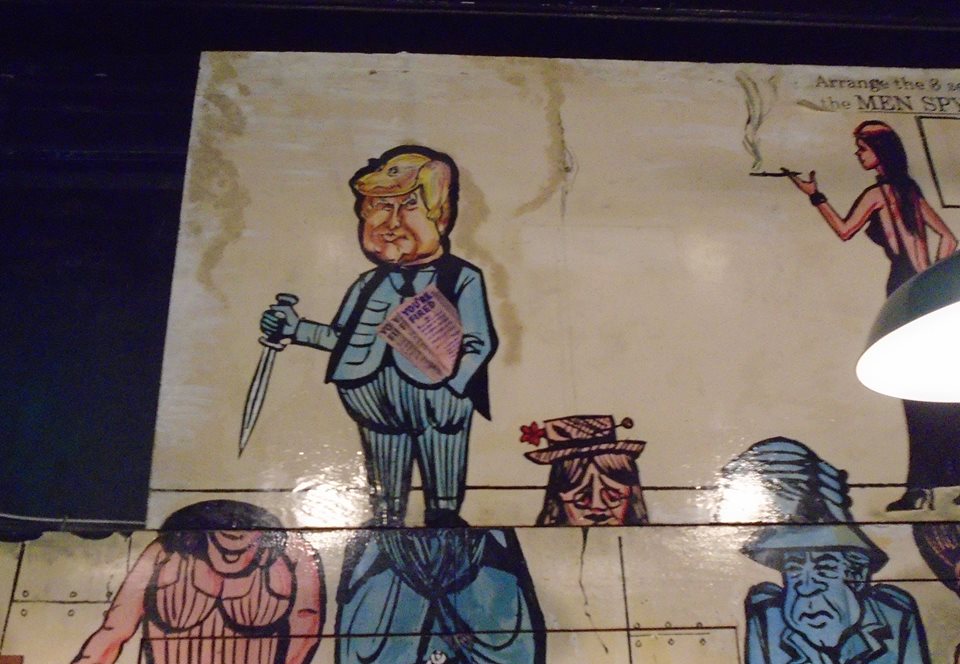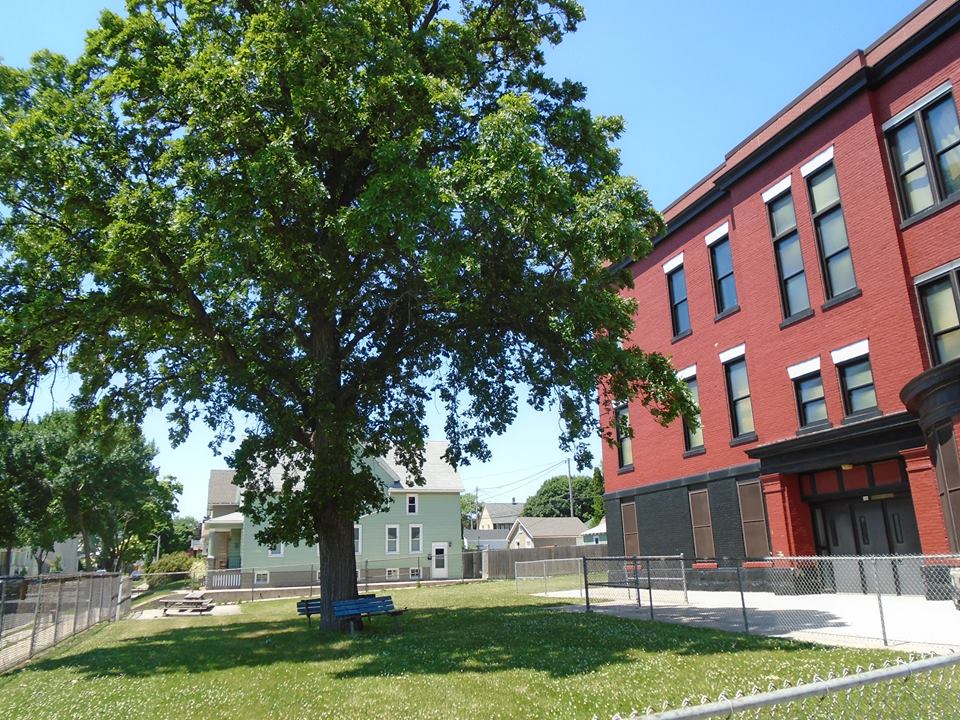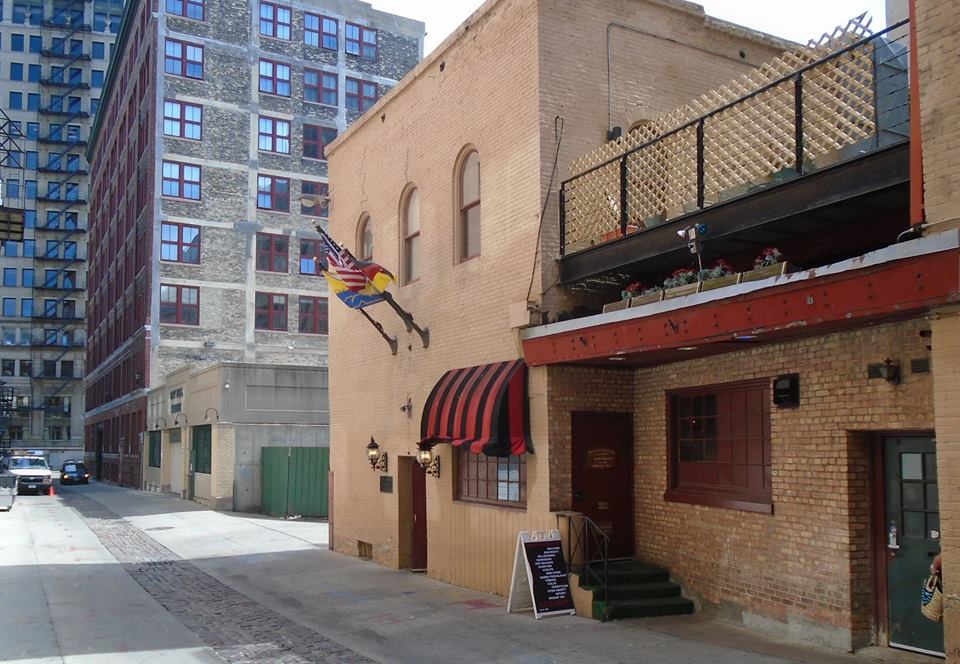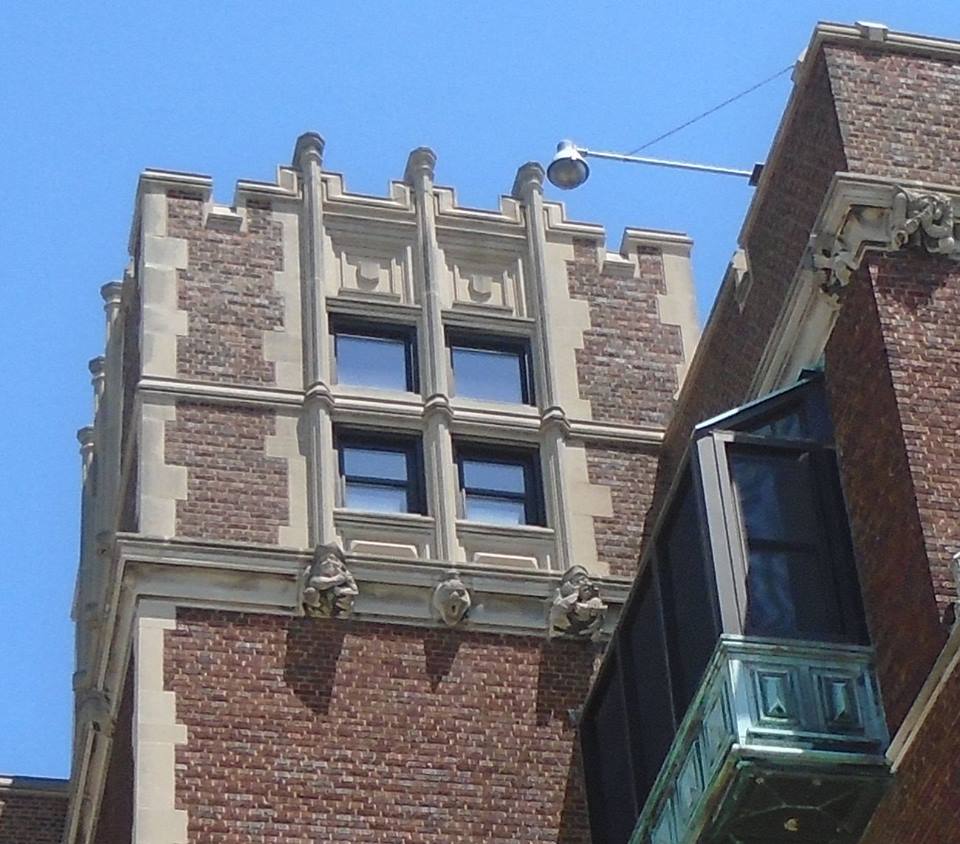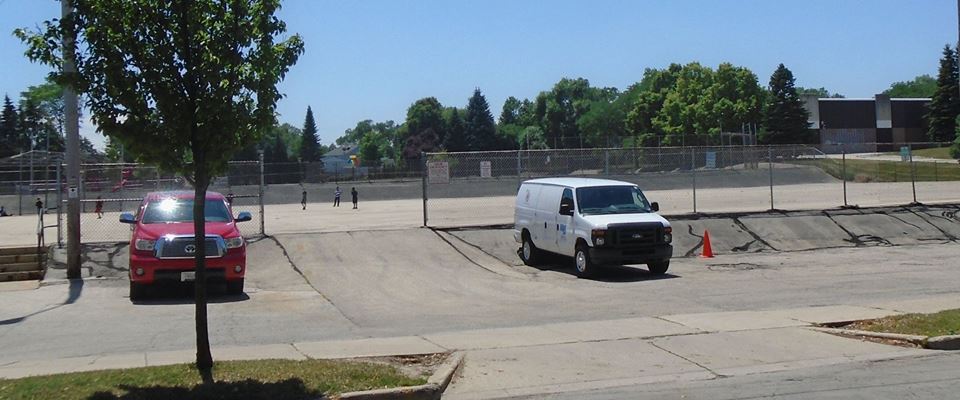Alex and I went downtown to see the Postal Museum and the National Guard Monument nearby. Both near Union Station.
The exhibits at both were good, but better was that they provoked some thoughts about America and how we built our country. Both the Post Office and the National Guard have deep roots and were essential to making American what it became. Both go back to the beginning.
Virginia National Guard
The National Guard is obvious. It is the descendant of the famous Minute Men and the tradition of citizen soldiers has been tightly entwined with the American character from before the Revolution to today. Serving as a citizen soldier is both a duty and a right of an American citizen. These are the guys who extended and protected our frontiers.
And they fought in all our major wars. Alex’s unit – 116th Infantry Regiment from the 29th Infantry Division from Maryland, DC and Virginia – landed on Omaha Beech on D-Day. A Company from Bedford, Virginia proportionally had the highest D-Day losses. More recently, the Virginia Guard has served in Iraq and Afghanistan. Of course, Alex recently returned from his deployment in Qatar.
The Post Office
Like the National Guard, the Post Office predates the American Revolution. Ben Franklin was a postmaster.
The Federal footprint was small in the early republic and the Post Office was often the part of Union average citizens saw most often. The letters people wrote helped bind our nation together and the letter immigrants wrote back to friends and family in the old country brought in more waves of immigrants.
It is easy to forget how important connection through the post were before our age of easy communications. Divided by time and distance, people were bound in epistolary relationships. These could be as dense and were often deeper than those we enjoy today. People took time to compose their thoughts and share them. Much of our historical writing is based on letters. Letters between John & Abigail Adams, or between John Adams & Thomas Jefferson are worthy of being called literature.
W/o a reasonably effective Post Office, American would never have developed into the great country we are today. Today it is fashionable to ridicule the Post Office. “Going postal” is a way of describing crazy. This is likely unfair today and it certainly was not appropriate in the past. Besides the connections mentioned above, careers in the Post Office were instrumental in helping generations of poor and immigrants to pull themselves into the middle class.

